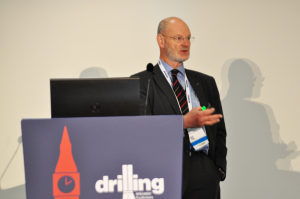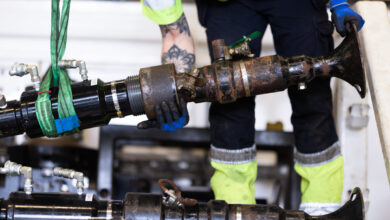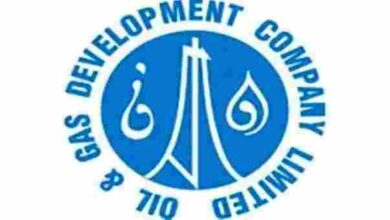Human factors: Fixing the person, the technology and the organization
By Linda Hsieh, Managing Editor

As the drilling industry continues to build its knowledge and awareness of human factors, it’s become increasingly clear that human factors has a significant role to play in further improving decision-making and teamwork in drilling operations. “It will also help you on incident investigations when it seems that people have been doing something, and you’re absolutely perplexed and wondering why they’ve done it,” Dr John Thorogood with Drilling Global Consultant said at the 2015 SPE/IADC Drilling Conference on 17 March in London.
Humans are not always rational beings. He pointed to the work of psychologist Daniel Kahneman, who posits that there are two parts to the human brain. “We’ve got a System One, which is our reflex… We make intuitive decisions with it, and these are often wrong,” Dr Thorogood said. There’s also a “lazy, thoughtful” System Two that is the rational side of our brain. “We have to make sure that our people understand that we have these two systems, and they can trip over each other and cause us to make perverse decisions. If you neglect System Two, you can miss things that are completely obvious.”
Dr Thorogood highlighted the concepts of confirmation bias, local rationality and normalization of deviance. Organizations should be trained to recognize these influences in their own operations and to actively work to counter them, he said. “We need to recognize when we’re facing decisions that we do tend to take risks if we’re in a tight spot. When we’re in the hole, we do have this tendency of keeping on digging. And by educating our people in these concepts, we think it will help us going forward.”
From an SPE human factors workshop held in October 2014, participants concluded that the drilling industry can take three separate approaches to address human factors in practice: fix the person, fix the technology and fix the organization.
In terms of fixing the person, there are already six well-established non-technical skills in which employees can be trained: situation awareness, decision-making, communication, leadership, teamwork and stress management. These skills are typically taught to people in a classroom and then followed up with tactical decision exercises. “Or, in our industry, it’s often simulator drills where you can be in a controlled environment and asked to make a decision. Assessors can look around, observe what’s going on with the team and assess the extent to which the team used logical and structured decision-making processes,” Dr Thorogood said. Such exercises can also help to train the chain of command in drilling operations.
To fix the technology, the industry may have to look at the design of the driller’s work environment, such as using ergonomic principles for the design of their computer screens, or the use of automation for tasks such as kick detection.
Fixing the organization can be approached from two sides – training and culture. For training, Dr Thorogood commended TOTAL for its industry-leading tactical decision-based exercises that focus on training the chain of command, and Maersk Drilling for the way it is working to integrate all training areas on their rigs.
From the culture side, he recommended learning from other industries and looking to the high-reliability organization model as a way of instilling more rigor into drilling organizations. “And there are methods like in aviation of threat and error management, which we could use to strengthen some of our existing processes in drilling.”
For more details on human factors, please see SPE/IADC 173104, “Getting to Grips with Human Factors in Drilling Operations.”




